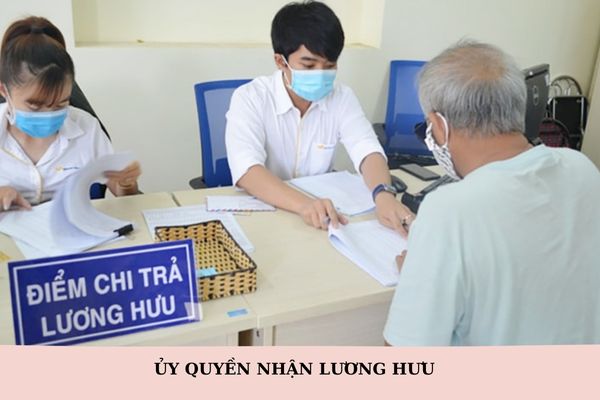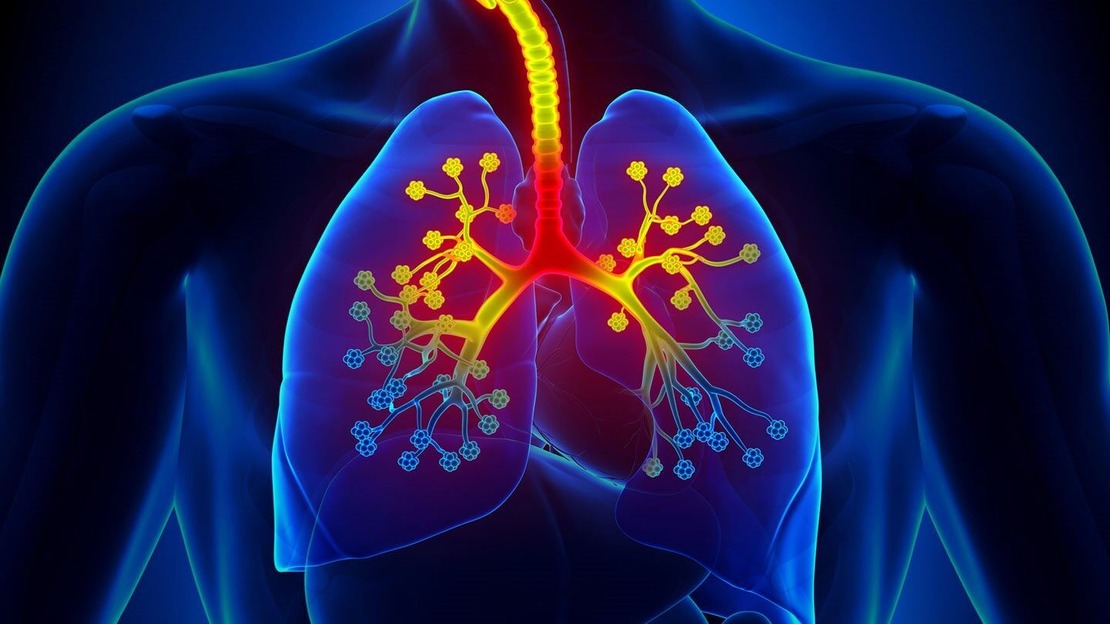Which types of occupations can potentially lead to occupational asthma for employees in Vietnam?
Which types of occupations can potentially lead to occupational asthma for employees in Vietnam? What are guidelines for examining the disability rate for employees with occupational asthma in Vietnam? What are responsibilities of employers to employees suffering from occupational diseases in Vietnam?
Which types of occupations can potentially lead to occupational asthma for employees in Vietnam?
Pursuant to Article 3 of the Circular 15/2016/TT-BYT (amended by Clause 1 Article 1 of the Circular 02/2023/TT-BYT) stipulating the list of occupational diseases covered by social insurance and guidelines for diagnosis and examination:
List of occupational diseases covered by social insurance and guidelines for diagnosis and examination.
1. Occupational silicosis and guidelines for diagnosis and assessment prescribed in Appendix 1 issued together with this Circular.
2. Occupational asbestosis and guidelines for diagnosis and assessment prescribed in Appendix 2 issued together with this Circular.
3. Occupational byssinosis and guidelines for diagnosis and assessment prescribed in Appendix 3 issued together with this Circular. .
4. Occupational talc pneumoconiosis lung disease and guidelines for diagnosis and assessment prescribed in Appendix 4 issued together within this Circular.
5. Occupational coalworker's pneumoconiosis and guidelines for diagnosis and assessment prescribed in Appendix 5 issued together with this Circular.
6. Occupational chronic bronchitis and guidelines for diagnosis and assessment prescribed in Appendix 6 issued together with this Circular.
7. Occupational asthma and guidelines for diagnosis and assessment prescribed in Appendix 7 issued together with this Circular.
8. Occupational lead poisoning and guidelines for diagnosis and assessment prescribed in Appendix 8 issued together with this Circular.
...
As regulated above, employees in Vietnam performing the following occupations can be at risk of occupational asthma:
- Production and processing of rubber latex
- Collection and processing of animal fur
- Food processing
- Meat packaging
- Bread making
- Production of detergent
- Automotive painting
- Vanilla production
- Wood processing
- Metal grinding
- Pharmaceutical and packaging production
- Healthcare personnel
- Other occupations or jobs involving exposure to sensitizing or irritating agents
Which types of occupations can potentially lead to occupational asthma for employees in Vietnam? - image from internet
What are guidelines for examining the disability rate for employees with occupational asthma in Vietnam?
Based on Section 10 of Appendix 7 issued with Circular 15/2016/TT-BYT, the guidelines for examining the disability rate for employees with occupational asthma in Vietnam:
|
No. |
Body injury |
Percentage (%) |
|
1. |
Asthma |
|
|
1.1. |
Level 1: Having 1-2 asthma attacks per week, less than or equal to 2 attacks at night per month |
11 - 15 |
|
1.2. |
Level 2: Having more than 2 asthma attacks per week but less than 1 attack per day. Having more than 2 attacks at night per month |
21 |
|
1.3. |
Level 3: Having frequent daytime asthma attacks, more than 1 attack per week at night |
31 |
|
1.4. |
Level 4: Having continuous daytime asthma attacks, frequent attacks at night |
41 |
|
2. |
Lung airway disorder |
|
|
2.1. |
Mild level |
11 - 15 |
|
2.2. |
Moderate level |
16 - 20 |
|
2.3. |
Severe and very severe level |
31 - 35 |
|
3. |
Respiratory failure |
|
|
3.1. |
Level 1 |
16 - 20 |
|
3.2. |
Level 2 |
31 - 35 |
|
3.3. |
Level 3 |
51 - 55 |
|
3.4. |
Level 4 |
81 |
What are responsibilities of employers to employees suffering from occupational diseases in Vietnam?
Pursuant to Article 38 of the Law on occupational safety and hygiene in 2015 stipulating responsibilities of employers to employees suffering from occupational diseases in Vietnam:
- Promptly give first aid and emergency aid to the employee and advance payment for first aid, emergency aid, and treatment for the employee;
- Pay for first aid, emergency aid, and treatment for the employee until their health become stable, including:
+ Co-payment and costs not covered by health insurance for the employee if the employee has health insurance;
+ Payment for medical assessment of decreased work capacity if the employee’s working capacity decreases by under 5% as concluded by the Medical Examination Council;
+ Full payment for treatment for the employee if the employee has not heath insurance;
- Pay full salary for the employee if he/she is absent from work during the treatment and health rehabilitation period;
- The employer shall pay compensation for the employee suffering from occupational accident that is not entirely his/her fault and the employee suffering occupational disease as follows:
+ At least 1.5 months’ salary for the employee whose working capacity decrease is between 5% and 10%; 0.4 month’s salary shall be add for each additional 1% working capacity decrease regarding the employee whose working capacity decrease is between 11% and 80% ;
+ At least 30 months’ salary for the employee working capacity decrease is at least 81% or for the employee’s relatives if the employee dies from an occupational accident or an occupational disease;
- Recommend the employee for medical assessment of decreased work capacity, treatment, convalescence and health rehabilitation as prescribed;
- Pay compensation or benefit for the victim within 05 days, from the date on which the conclusion on working capacity rate made by Medical Examination Council or from the date on which the report on investigation into the occupational accident published by the investigation group in relation to occupational accidents causing deaths;
- Assign works appropriate for the employee’s health according to the conclusion of Medical Examination Council after treatment and health rehabilitation if the employee keeps working;
- File a claim for the insurance benefits from the Insurance fund as prescribed by law;
- The salary used as the basis for compensation, benefits, or salaries paid for employees absent from work due to their occupational accidents or occupational diseases shall include salary, allowances and additional payments as prescribed in legislation on labor.
Best regards!











